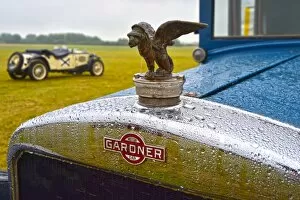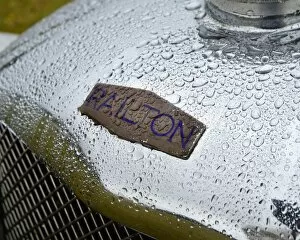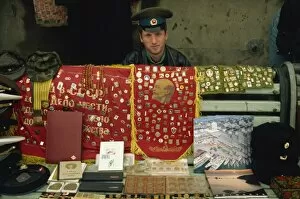Militaria Collection (#9)
Step into the world of militaria and explore a fascinating array of historical artifacts
For sale as Licensed Images
Choose your image, Select your licence and Download the media
Step into the world of militaria and explore a fascinating array of historical artifacts. The Staffordshire Regiment, with its rich heritage, stands as a testament to bravery and valor throughout history. Marvel at the magnificence of Henry VIII's horse armor in DD97_00337, an exquisite piece that showcases the opulence of the Tudor era. Delve deeper into World War II with the Schlachtschiff Bismarck lapel badge, a symbol representing Germany's mighty battleship. Feel the weight of history in your hands as you hold a gun made from steel and wood, reminding us of the power wielded on battlefields long ago. An Excellent Choice of Weapons is depicted in an oil painting on panel, capturing both beauty and danger within its strokes. Witness the chilling sight of an executioner's sword from the late 17th century, crafted meticulously from steel, wood, brass & copper wire - a haunting reminder of justice served. Travel back to Elizabethan times with a powder flask dating back to c. 1570; its antler construction speaks volumes about craftsmanship during this period. Admire the Basket-Hilt Broadsword or "Mortuary Sword" hailing from England around 1640-1650; its chiselled steel blade adorned with gilt-silver foil creates an awe-inspiring visual spectacle. The Vajra takes us even further back in time to between the 9th-10th century when bronze was shaped into this sacred object embodying strength and enlightenment. Experience medieval warfare firsthand through Gothic mitten gauntlets forged around 1450 - their sturdy steel construction offering protection amidst chaos. From North Italy comes Barbute (from Venetian Garrison at Chalcis), originating between c. 1350-1420; this iron helmet exemplifies both form and function during turbulent times. Lastly, immerse yourself in battlefield realities wearing Kettle hat, or war hat, circa 1460.








